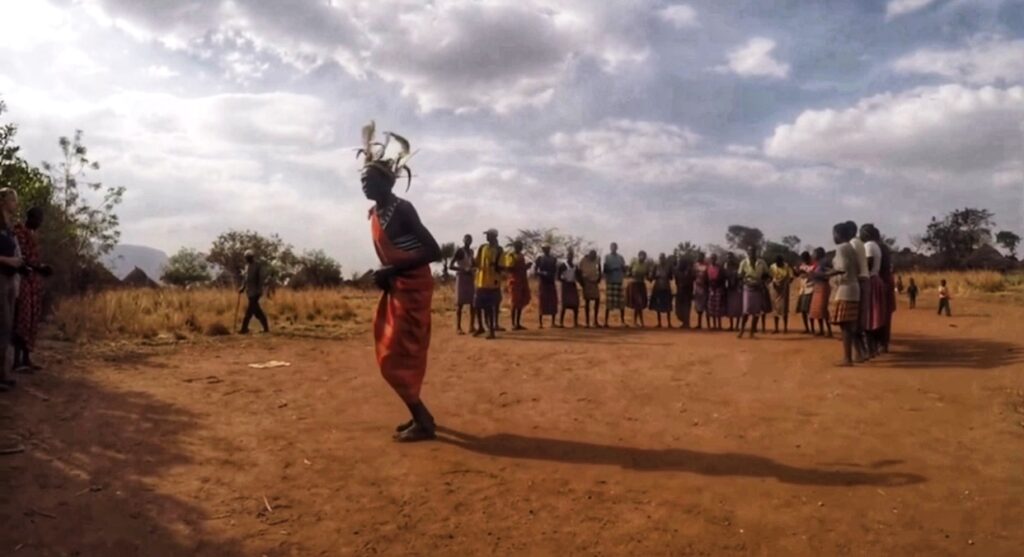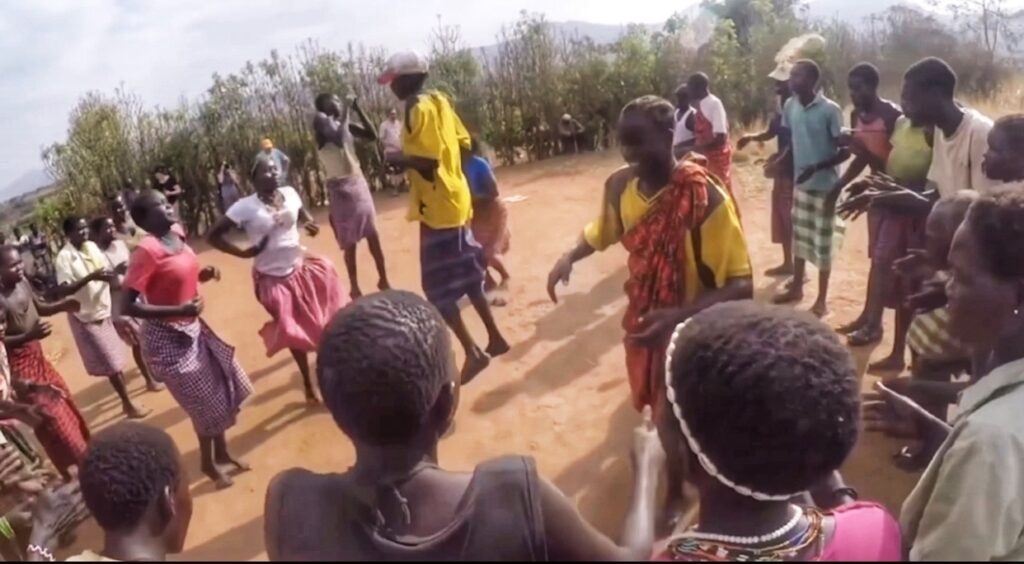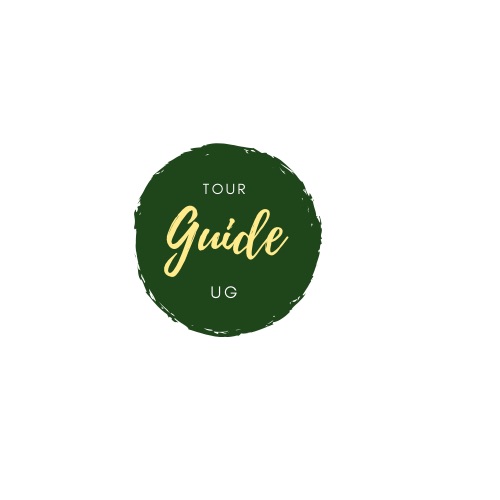
The Ik tribe of Uganda are caring individuals, when you arrive at their towns you will be welcomed heartily with traditional dance regularly in Ik finery.
They have accordingly contributed to the travel industry since it is adding a touch of pay to their locale and all the more so the travel industry has assisted with creating awareness about the Ik clan.
Getting to the Ik town is quite a stunning encounter since it includes an all-day adventure all over the precarious mountains with a guide who communicates in the Ik Language. You must be truly fit to ascend the mountains – the pinnacle of Mount Murongole is 2,749 meters above ocean level and climb up here is a torment for the individuals who are not fit.
The path is 8 kilometers in length (16 kilometer full circle) and a serious extreme move to the towns. You will discover basically shocking, amazing landscape the higher your trip takes you, into the valleys beneath you and in to the Rift Valley of Kenya. Your climb up the mountains visiting the Ik clan will be one of the features of your time in Uganda, a paramount encounter.
Appreciate the diverse social methods of the Ik public, gain from them and appreciate a portion of their neighborhood lager with them, it will be very not the same as what you are utilized to. Customers on visit to the Ik people group are free to give gifts in any structure.
A day with the Ik People high up on Morungole Mountain which has the absolute most dazzling view in all of Uganda is essentially an astonishing experience it hence gives you an uncommon understanding into a jeopardized clan in Africa with under 10.000 individuals which renders it as imperiled for its future presence as they endeavor to squeeze out a living high in the mountains with probably the most incredible landscape in the entirety of Uganda.
The involvement in this unique Ik clan in Uganda encourages you to study their social propensities, for example, following through on lady of the hour cost with 5 to 10 apiaries, chicken, goats and cash rather than cows, labor. Study the number of youngsters at a youthful age live with each other or their grandma. How polygamy is drilled here and about regular daily existence in an Ik people group.
The Ik individuals live in a few little towns masterminded in bunches, which contain the absolute “network”. The little towns are encircled by an external divider, and afterward partitioned into companion based “neighborhoods” called Odoks. Each Odok is segmented into walled-off family units called asaks, with front yards and sometimes, storehouses. The youngsters’ dozing quarters are isolated from the guardians’ side by cooking stones. There is no sleeping cushion or tangle, save for a box scooped out of the earth floor to stamp the limits of a bed.
The Ik are polygamous and men can wed the same number of spouses as they need contingent upon the quantity of apiaries one has. A decent man claims upwards of 50 bee sanctuaries and can give around five to 10 hives as lady of the hour cost. The principal spouse has a ‘husband’ status over different wives and wife legacy after separation or widowhood is drilled.
Be that as it may, sex and marriage inside a similar family is an untouchable and infidelity (of the lady) is rebuffed by death. Each lady has a cottage and the men make adjusts among their spouses in the area. Youngsters move out following five years old, to remain with a grandma until they are around 11 to 13.

The young ladies get hitched and the young men collaborate in gatherings of five or six, and construct one cabin to remain in till they get a spouse and leave. The age band bunches comprise of; The ‘Lesser Group’ which is comprised of youngsters from the ages of three to eight and the ‘Senior Group’ comprises of those somewhere in the range of eight and thirteen. No grown-ups care for the youngsters, who show each other the rudiments of endurance. Be that as it may, it isn’t sure whether this training is ordinary Ik custom or only set off by irregular starvation conditions. The bringing up of youngsters is very unique here, polygamy is important for family life and there isn’t very remarkable conventional schooling other than figuring out how to battle for themselves.
The Ik public some of the time called Teuso, are an ethnic gathering numbering around 10,000 individuals living high in the mountains of Morungole northeastern Uganda close to the outskirt with Kenya, close to the more crowded Karamojong and Turkana people groups and in the Kidepo Valley Park Region of Northeastern Uganda. It is said that they relocated from Ethiopia and first got comfortable Kenya and moved to what exactly is currently Kidepo Valley Park.
Ik signifies “head of movement” or the initial ones to move here. Because of government impedance starting in the 1960’s, the Ik’s customary chasing and assembling zone was made into a Wildlife Reserve, the Ik were dislodged from their territory to make the Kidepo Valley National Park, and subsequently endured outrageous starvation. They were routinely struck due to their general shortcoming to different clans neighboring them. They in this way started to move up to the Morungole Mountains where they can be found and visited today and live in relative harmony.
The Ik were trackers and finders anyway because of cows strikes from different clans, for example, the Turkana and Pokot of Kenya, the Karimojong of Uganda and the Tuposa of South Sudan they surrendered cows grouping for resource cultivating, goat keeping and nectar creation. Their language is an individual from the profoundly disparate Kuliak sub gathering of the Nilo-Saharan dialects.

4 thoughts on “The Ik tribe of Uganda”
I got what you intend,bookmarked, very decent website.
I am incessantly thought about this, thanks for posting.
I reckon something truly special in this website.
Some really great info, Gladiola I detected this. I’m not spaming. I’m just saying your website is AWSOME! Thank you so much! Please vist also my website.
Comments are closed.